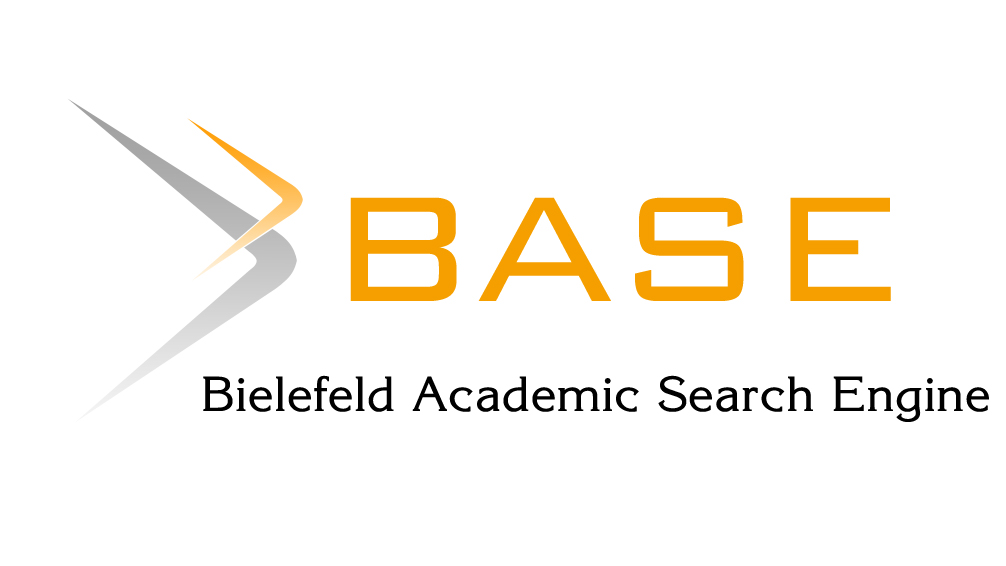IMPLICATION OF NANOPORE SEQUENCING TECHNOLOGY FOR PATHOGENIC DIAGNOSTICS: A MINI-REVIEW
Keywords:
DNA sequencing, infectious diseases, Oxford Nanopore Technology, pathogens diagnosticsAbstract
DNA sequencing is the most critical technique to explore and study genomic data of human beings and surrounding environments.
The history of DNA sequencing has rapidly grown since the first-generation DNA sequencing in 1977. Until now, emerging high-throughput sequencing technology has recently revolutionized omics areas, including genomics, transcriptomics, metageno ics, and metabolomics for the development of modern molecular biology. Besides the short-read sequencing method (Illumina platforms), the long-read sequencing technologies (including Pacific Biosciences and Oxford Nanopore Technologies) have been developed with the advantages of larger read sizes, portable devices, and diverse preparation kits. Consequently, the number of biological databases and
study-related nanopore sequencing technologies has grown fast. This review paper summarized the principle and fundament of nanopore sequencing regarding their advanced applications in pathogenic diagnostics of different hosts. The most recent application of nanopore sequencing in the diagnostics of infectious diseases is highlighted and discussed to provide insights into the novelty of nanopore sequencing technology and its future perspectives.











